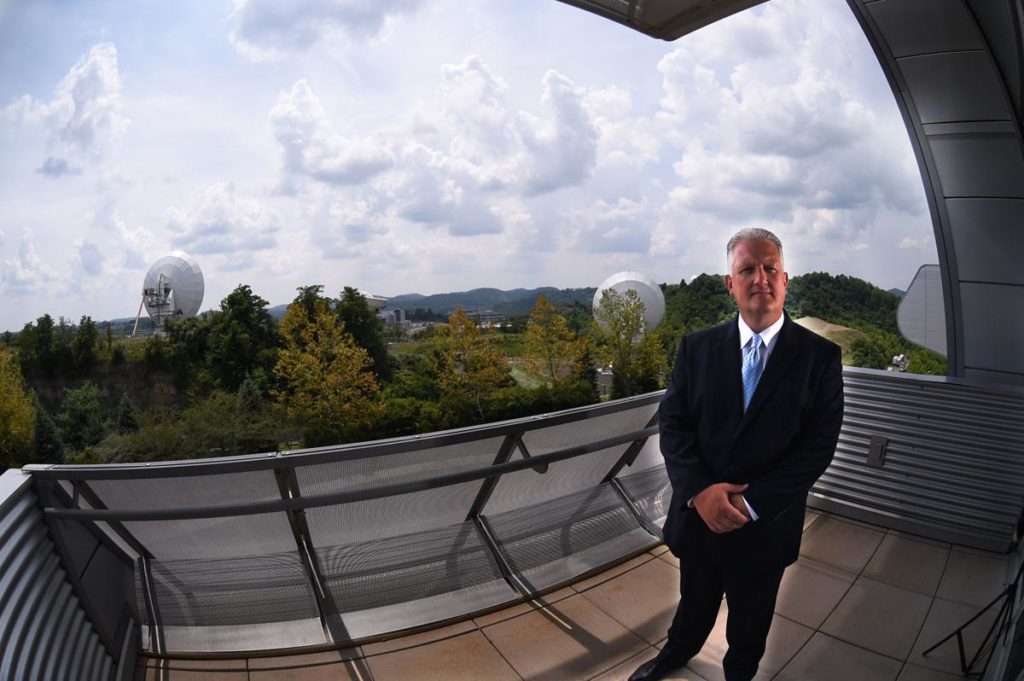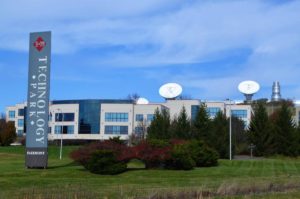
FAIRMONT — Home to numerous federal facilities, over 30 businesses and 1,200 employees, the I-79 Technology Park has been a provider of high-paying jobs in West Virginia for over 25 years.
Located on 400 acres of land in Fairmont, the park is perhaps most notable for the numerous government agencies that have offices within there, including NASA, the FBI, Homeland Security and more.
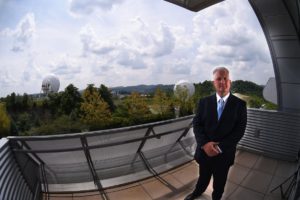
High Technology Foundation President and CEO Jim Estep said with big agencies come big contracts; the National Oceanic and Atmospheric Association (NOAA), for example, has a major impact in the park.
“NOAA has its environmental security computing center located here in the park,” he said. “It’s one of the most advanced supercomputing centers in the country.”
The contract that supported the setup, maintenance and running of the NOAA center was $553 million, a portion of which went to funding West Virginia-based jobs. In addition to that massive contract, the park also has ties to government satellites.
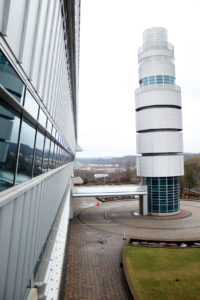
“We have a backup satellite ground station for NOAA’s Geo-station Area Environmental Satellite Program,” he said. “That’s one of the highest priority civil programs in the United States — responsible for all the satellites that collect all the weather and climate data around the planet.”
Estep said the focus on lucrative science and technology contracts is beneficial to the region, the nation and beyond, fueling world-changing work.
“By focusing on science and technology, we’re attracting businesses who do work in those areas,” he said. “And those businesses are bringing high-paying jobs in their sector to our region.”
While he is proud of the work the park has done, Estep said there is still much more for the state to do to catch up and keep pace with the fast paced technology sector.
“Right now I think West Virginia really needs to carve out a role in the national knowledge sector,” he said. “That’s the fastest growing industry in the country.
Director of facilities and property management Brad Calandrelli is responsible for leasing and construction projects throughout the park, as well as writing up proposals for prospective companies.
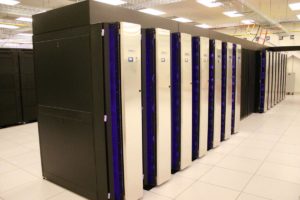
Calandrelli has been responsible for bringing in numerous federal agencies, a process which he says can be time-consuming.
“Back in 2006, we submitted an application for the NOAA project,” he said. “It’s a lengthy process; we started in 2006, and they didn’t end up coming here until 2013.”
The park uses a federal anchor model, explained Calandrelli. By recruiting massive agencies like NOAA and the FBI, private businesses will also begin to take interest in the area, drawn to the work these agencies provide.
“Once you have the federal anchor there, of which we have several, other companies want to locate in your area to do business with them,” he said. “Right now, we are intending to offer land free of charge throughout the park in order to create that anchor and draw these other businesses and employers in.”
Estep expanded on the federal anchor model, describing the park as an ecosystem of businesses and knowledge, with each contributing to the health of the other.
“We’re actively recruiting federal operations from the D.C. area that are looking to relocate from that region,” he said. “There is a ridiculous cost of operation and cost of living and national security concerns associated with that area that can make it unappealing to run a business in.”
Estep said the federal anchor program has been effective for the park, spurring scientific and other industries to relocate.
“When NOAA decided to relocate their supercomputer here, for example, we awarded a $30 million construction contract to a West Virginia company,” he said.
Calandrelli added that one of the park’s biggest goals is bringing prominence to different career paths in West Virginia’s economy.
“One of the most important things to the park is the diversification of the economy,” he said. “West Virginia has been so dependent on the extraction economy over the years that now that coal mines are seeing a downturn, it’s taking the economy down with it.”
As the father of a daughter who left the state to pursue a career in science, Calandrelli said it’s important to him to help bring more STEM careers to West Virginia.
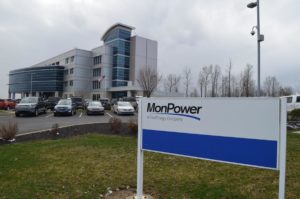
“A diverse economy means that when kids graduate from West Virginia colleges, they will be able to stay in West Virginia and get good-paying jobs,” he said. “Right now, it’s a struggle to keep them there because we just don’t yet have the jobs.”
Believing the recent decrease in population in West Virginia has been a direct result of the lack of viable employment, Calandrelli hopes that by expanding the I-79 Technology Park, he is doing his part in to fix the problem.
“Our state’s population has been decreasing, and that’s because we just don’t have those high-paying jobs,” he said. “We want to change that at the park because this is a great state in which to live.”


